The Petroleum Recovery Research Center
A Division of New Mexico Tech
801 Leroy Place Socorro, NM 87801
P: (575) 835-5142 OR (575) 835-5812
E: chyanne.carrillo@nmt.edu
H: Monday - Friday: 8:00 AM to 5:00 PM
Our main office is located in the Kelly Building on the New Mexico Tech campus in Socorro, New Mexico. To find us, simply take the normal route you would to get to the campus (located at 801 Leroy Place) and make your way to the West side of the campus. The Kelly Building is near the golf course, across the street from Workman Center, and south of the New Mexico Tech Children's Center near Macey Center.
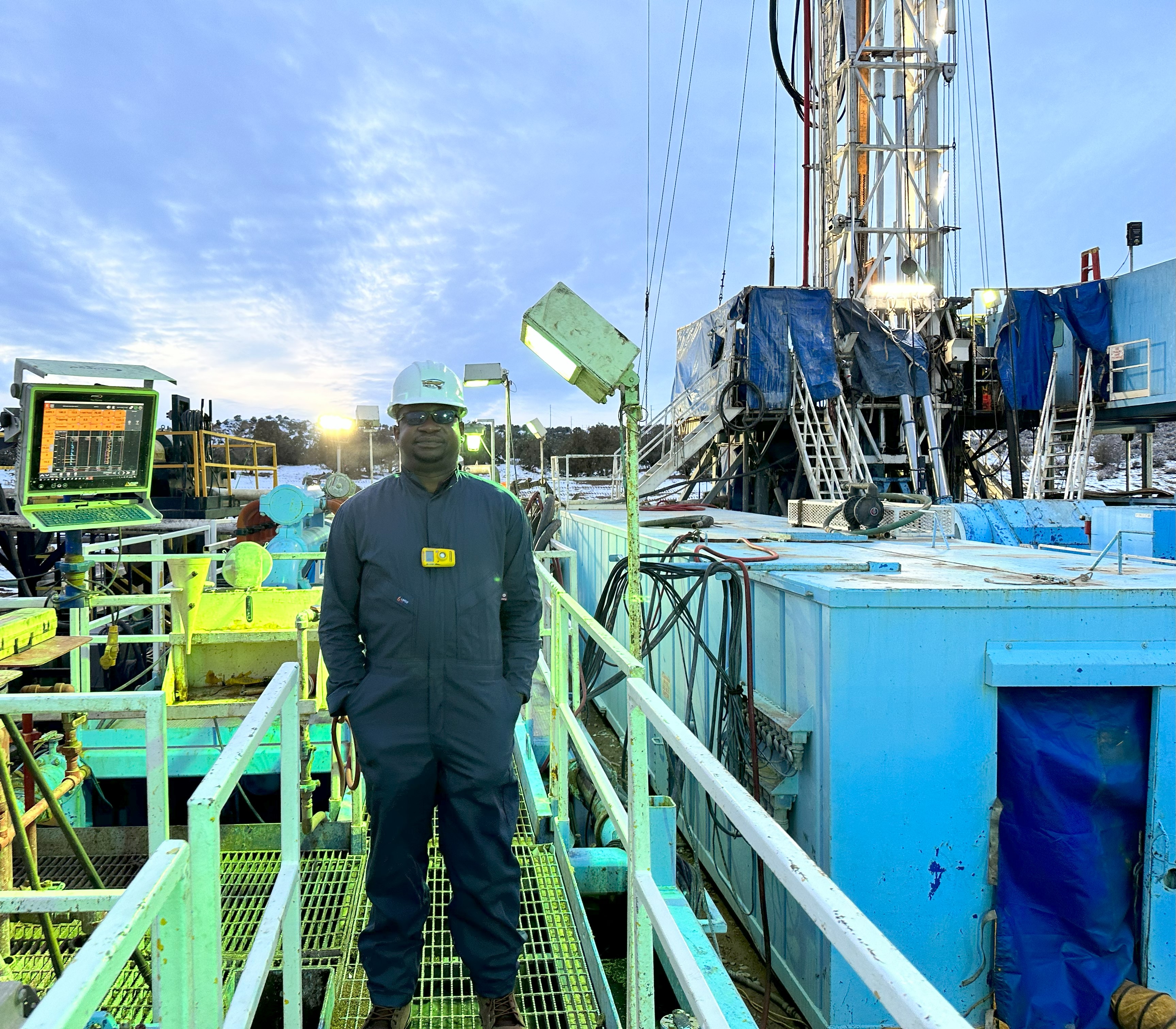
Adewale Amosu Ph.D.
P: --
E: adewale.amosu@nmt.edu
O: --
Adewale Amosu PhD
Postdoctoral Research Engineer
REACT Group
Research & Applications:
⦁ Multi-disciplinary research focuses on solving problems encountered in the study of the Earth’s subsurface, using various geophysical, geological, data science, and artificial intelligence tools.
⦁ Integrating seismic data analysis, petrophysics, petroleum geology, machine learning, and their extensive applications in carbon sequestration operations.
⦁ Working on several U.S. Department of Energy-funded projects on carbon sequestration.
⦁ Member of the Society of Petroleum Engineers, Society of Exploration Geophysicists, American Association Petroleum Geologists, and the International Association for Mathematical Geosciences.
Current projects:
1.) San Juan Basin CarbonSAFE Phase III
2.) Advanced Fault Characterization Project
3.) Subsurface Seismic Structural Characterization of the Hogback Monocline and Thermal Characterization of the San Juan Basin, New Mexico
4.) CUSP: Four Corners Regional Initiative
5.) Four Corners Carbon Storage Hub: CarbonSAFE Phase III Project
6.) Permian Regional Carbon Sequestration Hub (PRCS Hub)

William Ampomah PhD
P: (575)-835-5018
E: william.ampomah@nmt.edu
O: Kelly 252
William Ampomah PhD
Assistant Professor of Petroleum Engineering Section Head
REACT- PRRC Commissioner, NM Oil Conservation Commission
Research & Applications:
⦁ CO2 Capture, Utilization & Storage (CCUS) research, primarily focused on geologic CO2 storage and enhanced oil recovery.
⦁ Subsurface Stress characterization
⦁ Advanced reservoir numerical modeling
⦁ Underground Injection Control Class II and VI
Current projects
1) San Juan CarbonSAFE Phase III Project, US Department of Energy https://www.sanjuancarbonsafe.org/ - Principal Investigator
2) San Juan Basin Fault Characterization Project, US Department of Energy – Principal Investigator
3) Subsurface Stress Characterization Project, US Department of Energy – Principal Investigator
4) Regional Resource Assessment for CO2 Storage in NM, US Department of Energy – Project Manager
5) Rare Earth Elements and Critical Mineral Characterization, US Department of Energy – Co-Principal Investigator
6) Southwest Regional Partnership for CO2 Sequestration [SWP], US Department of Energy – Simulation Lead
7) Carbon Utilization Storage Projects [CUSP-Western US], US Department of Energy https://www.cuspwest.org/ – Key Personnel
8) Permian Energy Development Lab, National Science Foundation; https://pedl.tech/ - NMT Co- Principal Investigator
9) Industrial Projects
10) Four Corners Regional Initiative Project, US Department of Energy –Principal Investigator
11) Four Corners Integrated Storage Project, US Department of Energy – Principal Investigator
12) Southwest Regional Direct Air Capture Hub, US Department of Energy – Co- Principal Investigator
13) Geological Survey Regional Initiative, US Department of Energy – Key Personnel

Dung Bui
P: 505-301-5676
E: dung.bui@nmt.edu
O: --
Dung Bui
Postdoctoral Researcher
Research group within PRRC: Reservoir Evaluation and Advanced Computational Technologies (REACT)
Research & Applications:
⦁ Background in applying numerical modelling and machine learning-based workflow for hydraulic fracturing and well spacing optimization in Delaware Basin, New Mexico.
⦁ Conduct research in several industry and DOE projects in carbon, utilization, and storage (CCUS).
⦁ Supervise M.S and Ph.D. students to conduct their research in CCUS under PPRC’s projects.
Current projects:
1) San Juan Basin CarbonSAFE Phase III: Ensuring Safe Subsurface Storage of Carbon Dioxide in Saline Reservoirs, Department of Energy.
2) Advancing Characterization of Faults through Deployment of Novel Geophysical, Geochemical and Geomechanical Technologies at the San Juan Basin (SJB) CarbonSAFE Site.
3) Several industrial applications for injecting and permitting, including: Targa Resources (Wildcat, Redhills, Copperhead, and Bull Moose wells) and Omnia Midstream.

Matha Cather
P: (575)-835-5685
E: martha.cather@nmt.edu
O: Kelly 261
Martha Cather
Senior Scientist (Retired)
Research & Applications:
⦁ Project Management, Industry Projects
⦁ Southwest Partnership Phase III, Outreach & Technology Transfer
⦁ CarbonSAFE Projects, Outreach & Technology Transfer
⦁ Produced Water, PRRC liason with Produced Water Research Consortia
⦁ PRRC, Outreach & Technology Transfer, Go-TECH support
.jpg)
Robert Czarnota, PhD
P: (575)-835-5805
E: robert.czarnota@nmt.edu
O: Kelly 126
Robert Czarnota, PhD
Research associate III Research Group within PRRC: Gas Flooding Process & Flow Heterogeneities
Research & Applications:
⦁ Performing experimental research related to Carbon Capture, Utilization, and Storage (CCUS) sponsored by DOE
⦁ Collaboration with oil and gas companies providing midstream services in New Mexico and Texas to submit application for authorization to inject CO2 (UIC, NEPA, MRV)
⦁ Technical support for permanent well plugging and abandonment activities on Marginal Conventional Wells in New Mexico
Current projects:
1) Carbon Utilization and Storage Partnership of the Western United States (CUSP), Department of Energy; https://www.cuspwest.org/
2) San Juan Basin CarbonSAFE Phase III: Ensuring Safe Subsurface Storage of CO2 in Saline Reservoirs, Department of Energy; https://www.sanjuancarbonsafe.org/
3) Mitigating Emissions from Marginal Conventional Wells in New Mexico
4) Multiple industry sponsored projects

George El-kaseeh
P: (281)-704-1086
E: george.el-kaseeh@nmt.edu
O: --
George El-kaseeh
Research Engineer
Industry Service Outreach Section Head
Research & Applications:
⦁ Developed and field implemented time-lapse monitoring programs for Carbon Capture and Storage (CCS) and Carbon Capture, Utilization and Storage (CCUS/EOR) projects
⦁ Subsurface CO2 monitoring plan development and field implementation
⦁ Industry services and outreach
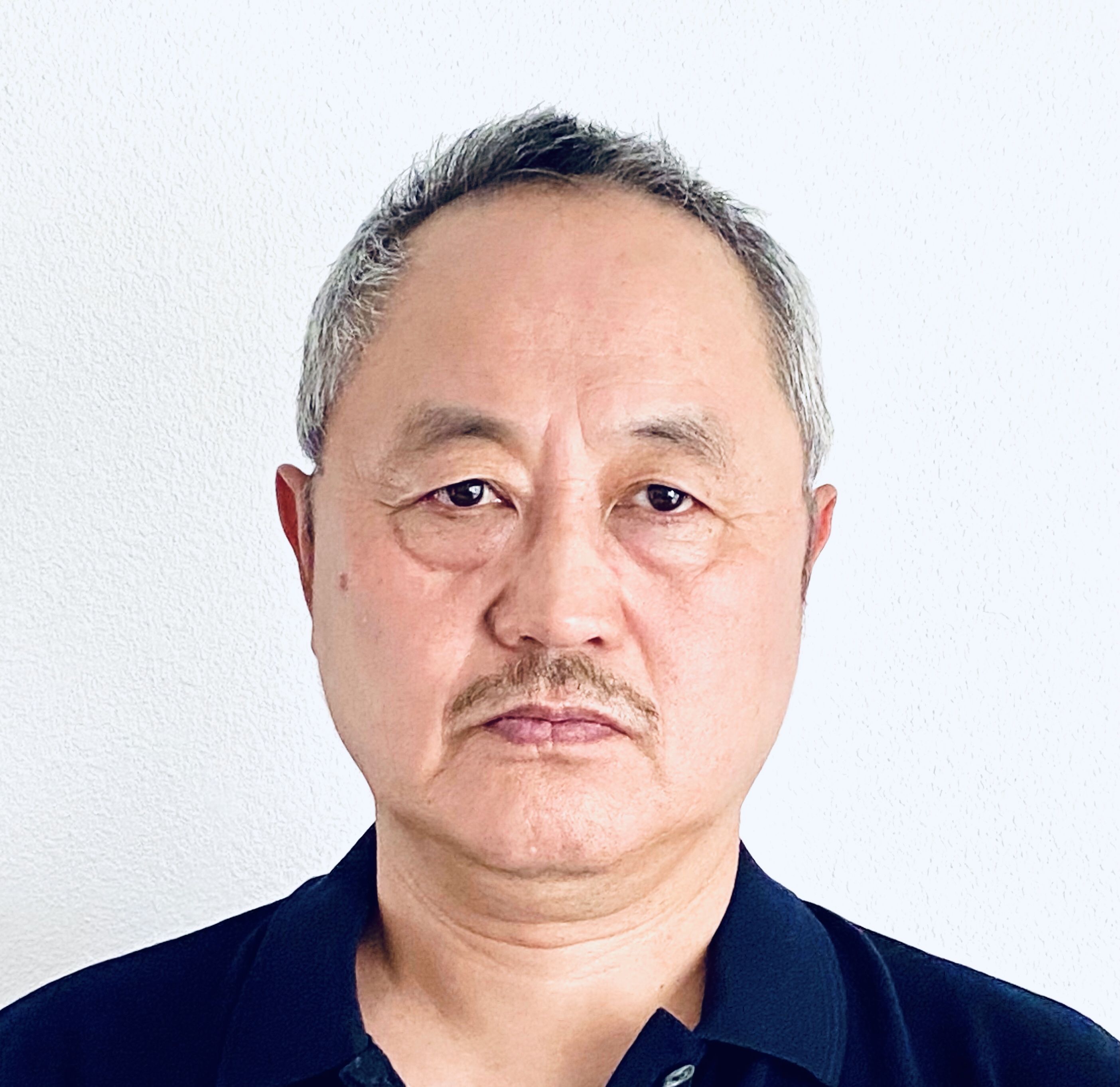
Tianguang Fan, M.S.
P: (575) 835-5542
E: Tianguang.Fan@nmt.edu
O: --
Tianguang Fan, M.S.
Research Scientist/Section Head
PRRC - Petrophysics Group
Research & Applications:
⦁ Asphaltene onset study and deposition in capillary tubing. Asphaltene instability evaluation and phase behavior at reservoir conditions and its impact on flow assurance
⦁ Crude oil fraction and chemical analysis including SARA, hydrocarbon composition, acid and base number, molecular weight, viscosity, density, refractive index, etc.
⦁ Water/oil interfacial phenomena and surface chemistry study including interfacial tension, surface energy, contact angle, and Zeta potential, etc. Crude oil/brine/rock wettability study on flat substrates and in reservoir condition and their impact on EOR
⦁ Polymer core flooding and polymer rheology in porous media.
Current projects:
1) Chevron Energy Technology project IV, “Study of Asphaltene Deposition Mechanism from Core Flooding Experiments”
2) San Juan Basin CarbonSAFE Phase III: Ensuring Safe Subsurface Storage of CO2 in Saline Reservoirs, Department of Energy; https://www.sanjuancarbonsafe.org
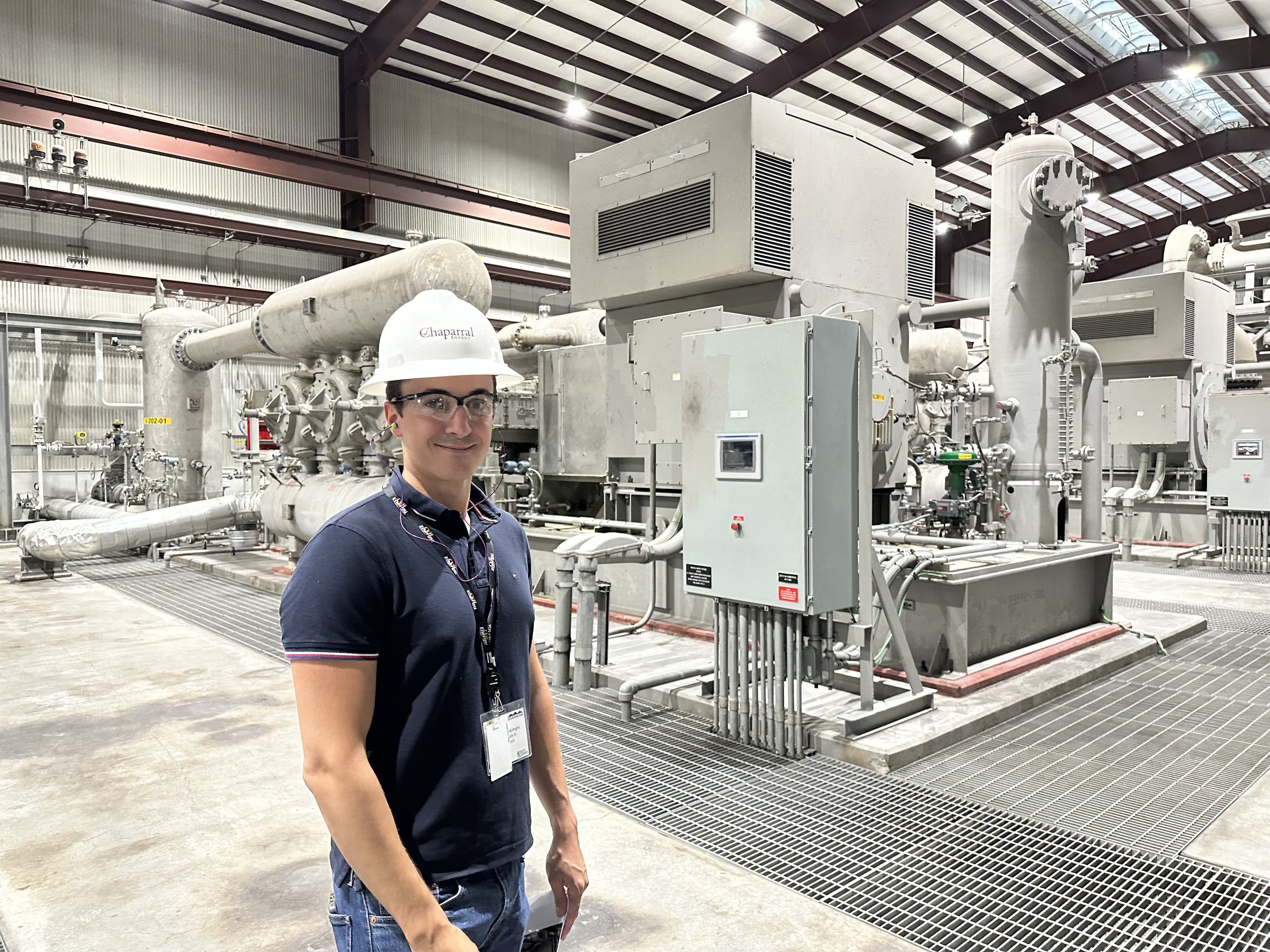
Jean-Lucien Fonquergne
P: (505)-361-0231
E: jean-lucien.fonquergne@nmt.edu
O: Kelly 203
Jean-Lucien Fonquergne
Research Associate Outreach and Industrial Services
Research & Applications:
⦁ Lead Community Benefits Plan (CBP) for: San Juan CCS Hub CarbonSAFE phase III
⦁ CUSP: Four Corner
⦁ San Juan Basin Hogback characterisation
⦁ CO2 mineralization assessment in NM
⦁ The Southwest CCS training and research partnership
Support NMT role for CBP for:
1) Southwest DAC Hub
2) Permian Regional Carbon Sequestration Hub CarbonSAFE phase II
3) San Juan CarbonSAFE phase III: geological characterisation for CCS
4) Support outreach and technical work for CUSP
Current projects:
1) Targa Red Hills AGI Technical support
2) Targa Red Hills AGI MRV RFAI
3) Targa Bull Moose right to inject application to Texas RailRoad Commission
4) Targa Copperhead right to inject application to NMOCD (C-108)
5) Targa Wildcat MRV
6) Targa Bull Moose MRV
7) Targa Copperhead MRV

Tongjun (Roger) Ruan Ph.D
P: (575)-835-5220
E: tongjun.ruan@nmt.edu
O: Kelly 218
Tongjun Ruan Ph.D
Research Engineer IV
REACT (Reservoir Evaluation and Advanced Computational Technologies Group)
Research & Applications:
⦁ Computer Simulation
⦁ Embedded System and Inertial Measurement
⦁ Database System and its Applications
⦁ Expert System
Current projects:
1) San Juan Basin CarbonSAFE Phase III: Ensuring Safe Subsurface Storage of CO2 in Saline Reservoirs, Department of Energy; https://www.sanjuancarbonsafe.org/

Randall S. Seright PhD
P: (575) 835-5571
E: randy.seright@nmt.edu
O: Kelly 257
Dr. Randall S. Seright
Section Head/Research Group within PRRC: Reservoir Sweep Improvement
Research & Applications:
⦁ Senior Engineer Randy Seright is Associate Director at the PRRC, Adjunct Professor in the Department of Petroleum and Chemical Engineering, and Section head of the PRRC's Reservoir Sweep Improvement group. His research focuses on developing methods to prevent fluid channeling through reservoirs and to reduce excess water and gas production during oil recovery, especially using polymers and gels. He has extensive interests and experience in improving sweep efficiency during water flooding and chemical flooding. He holds a B.S. degree in Chemical Engineering from Montana State University (Bozeman) and a Ph.D. degree in Chemical Engineering from the University of Wisconsin (Madison). He worked for Exxon Production Research Company for eight years before joining the PRRC. He is a longtime member of the Society of Petroleum Engineers and has been a registered professional engineer in Texas since 1983. He has provided a short course on Water Shutoff in 17 countries. He received the SPE/DOE IOR Pioneer award in 2008 for his work on using polymer and gels to improve oil recovery.
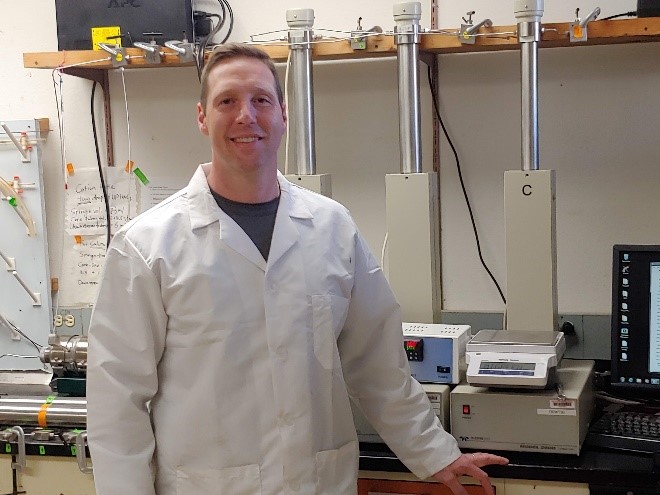
Jason Simmons, M.S.
P: (575)-495-9661
E: jason.simmons@nmt.edu
O: --
Jason Simmons, M.S.
Research Associate II
REACT
Research & Applications:
⦁ Experimentalist and groundwater hydrologist with interests in geomechanics, fluid-rock interaction, aqueous geochemistry, and environmental tracers
⦁ Several years research experience in GCCS exploring the relationship between diagenesis and hydro-chemomechanical changes during injection
⦁ Implementation of a monitoring strategy including seismic data acquisition, groundwater sampling, and soil CO2 flux measurements to identify leakage of injected fluids from the subsurface
⦁ Data collection, organization, and analysis using GIS software to support local and regional hydrology and geochemistry in numerous settings including UIC Class VI applications
Current projects:
1) FORGE - A Novel Linear Sensing Array and Machine Learning Approach for Determining Geothermal Heat Sweep Efficiency, Department of Energy; https://utahforge.com/
2) Resource assessments of basalt and mining wastes that could be used to store large amounts of CO2 via mineralization, Department of Energy
3) Carbon Utilization and Storage Partnership of the Western United States (CUSP), Department of Energy – Focused Project and Escalante Plant Project https://www.cuspwest.org/
4) San Juan Basin CarbonSAFE Phase III: Ensuring Safe Subsurface Storage of CO2 in Saline Reservoirs, Department of Energy; https://www.sanjuancarbonsafe.org/
5) Tracking of Produced Water Recycling Volumes, New Mexico Energy, Minerals, and Natural Resources Oil Conservation Division 6). Industrial Projects, Targa Northern Delaware LLC
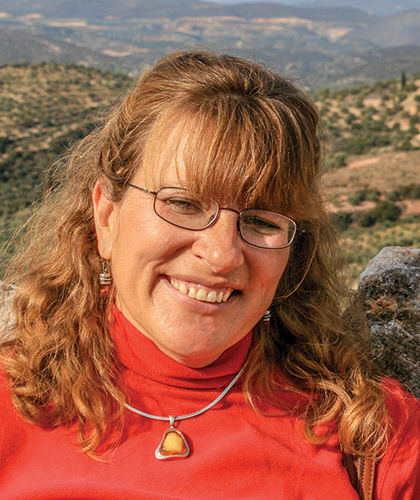
Dana S. Ulmer-Scholle, Ph.D
P: (505)-440-3639
E: dana.ulmer-scholle@nmt.edu
O: Kelly 116
Dana S. Ulmer-Scholle, Ph.D
Research Scientist V
PRRC - REACT
Research & Applications:
⦁ Carbon capture, utilization, and storage (CCUS) projects and U.S. EPA Class II and VI permitting Building geologic basin models utilizing well log and seismic data
⦁ Geologic characterization of CO2 reservoirs and seals using core descriptions, petrographic analysis, XRD and SEM analysis, and other analytical techniques
Current projects:
1) Carbon Utilization and Storage Partnership of the Western United States (CUSP), Department of Energy; https://www.cuspwest.org/
2) San Juan Basin CarbonSAFE Phase III: Ensuring Safe Subsurface Storage of CO2 in Saline Reservoirs, Department of Energy; https://www.sanjuancarbonsafe.org/
3) Subsurface Seismic Structural Characterization of the Hogback Monocline and Thermal Characterization of the San Juan Basin, New Mexico
4) Regional Resource Assessment for CO2 Storage in New Mexico and Surrounding Areas: Identification, Characterization and Evaluation of in-situ Mineralization Site/Complex
5) Permian Regional Carbon Sequestration Hub (8) CUSP: Four Corners Regional Initiative
Industrial projects:
1) Targa Delaware, LLC: Delaware Basin project in support of developing Class II permits in New Mexico and Texas (Red Hills, Copperhead, Bull Moose, and Wildcat areas)
2) Omni Midstream Partners, LLC: Texas Delaware Basin project in the Mi Vida and Evetts areas
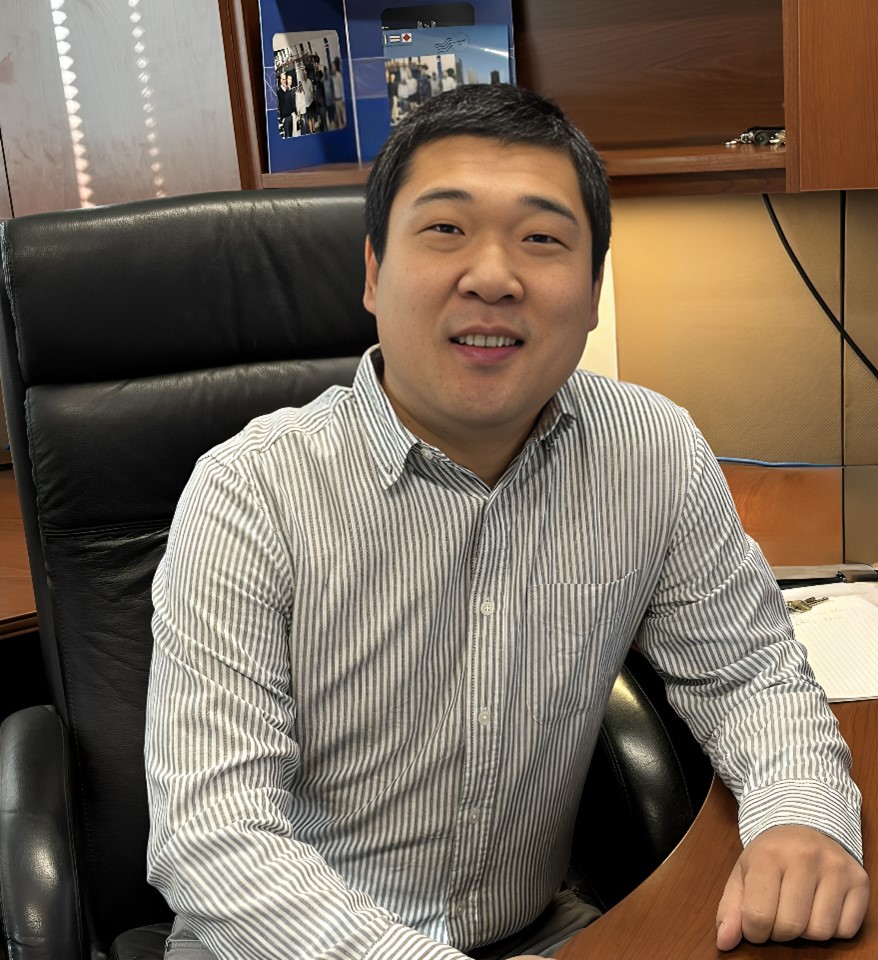
Sai Wang
P: (575)-835-5838
E: sai.wang@nmt.edu
O: Kelly 120
Sai Wang
Research Engineer II
Gas Flooding Processes and Flow Heterogeneities Group
Research & Applications:
⦁ Carbon geological storage, carbon mineralization, and CO2 enhanced oil recovery
⦁ Experience on U.S. EPA Class II and Class VI permitting, MRV application and other regulation/permit support
⦁ Well completion and field operation
⦁ Lab experience on petrophysics, surface chemistry and geochemistry
⦁ Hydrogen production and storage
Current projects:
1) Carbon Utilization and Storage Partnership of the Western United States (CUSP), Department of Energy; https://www.cuspwest.org/
2) San Juan Basin CarbonSAFE Phase III: Ensuring Safe Subsurface Storage of CO2 in Saline Reservoirs, Department of Energy; https://www.sanjuancarbonsafe.org/
3) Advancing Characterization of Faults through Deployment of Novel Geophysical, Geochemical and Geomechanical Technologies at the San Juan Basin CarbonSAFE Site, Department of Energy.
4) Carbon Ore, Rare Earth, and Critical Minerals (CORE-CM) Assessment of San Juan River-Raton Coal Basin, Department of Energy; https://geoinfo.nmt.edu/staff/mclemore/REEinCoalWeb.html
5) Regional Resource Assessment for CO2 Storage in New Mexico and Surrounding Areas: Identification, Characterization and Evaluation of in-situ Mineralization Site/Complex, Department of Energy.
6) Uinta Basin CarbonSAFE II: Storage Complex Feasibility, Department of Energy.
7) Subsurface Seismic Structural Characterization of the Hogback Monocline and Thermal Characterization of the San Juan Basin, New Mexico. Department of Energy.

Jianjia Yu, PhD
P: (575)-835-5570
E: jianjia.yu@nmt.edu
O: Kelly 258
Jianjia Yu, PhD
Assistant Professor of Chemical Engineering Research Engineer/Section Head
Research Groups: Produced Water and Petroleum Engineering Group, PRRC
Research & Applications:
⦁ Produced waters sampling, characterization, and treatment. Especially, both bench and pilot-scales membrane-based filtration process for desalination and resources recovery.
⦁ Carbon capture from flue gas, direct air capture, hydrogen purification based on membrane-based separation processes.
⦁ CO 2 foam EOR, nanoparticles-assisted CO 2 foam EOR, and nanoparticles synthesis and characterization.
Current projects:
1) Advanced hybrid membrane process for simultaneous recovery of clean water and lithium from high-salinity brines.
2) Water equity and workforce development on the Navajo Nation.
3) Permanently Hydrophilic Membrane for Organic Matters Removal from Oilfield Produced Water.
4) Pilot-scale validation of a novel Janus hollow fiber membrane based DCMD process for high salinity produced water desalination by using waste heat.
5) Hydrophilic-omniphobic HF membrane-based DCMD and crystallization for zero liquid discharge of oilfield produced water.

Dr. Guoyin Zhang
P: (575)-835-5721
E: guoyin.zhang@nmt.edu
O: Kelly 256
Dr. Guoyin Zhang
Alkali/Surfactant/Polymer (ASP) Flooding Group Section Head
Research & Applications:
ASP Group focuses on chemical flooding using alkalis, surfactants, and polymers for the purpose of enhanced oil recovery (EOR) from mature or depleted oil fields. These chemicals can be used as an individual component or as any combination between them. Through injection of these chemicals into reservoirs, both microscopic and macroscopic oil sweep efficiency can be significantly improved by manipulating interactions among brine, oil, and rock including interfacial tension, fluid miscibility, rock wettability, capillary pressure, oil/water viscosity, etc.
Current projects:
Capabilities of ASP Group
1) Develop and formulate high efficient surfactants for conventional ASP flooding and SP flooding that are able to achieve ultra-low oil/water interfacial tension (10 -3 mN/m), high oil/water solubilization (middle phase formation), excellent surfactant aqueous stability (thus, low chemical retention in reservoir), and low residual oil saturation. Analyses by ASP Group 1) Interfacial tension measurement.
2) Surfactant aqueous stability or solubility characterization.
3) Fluid rheology measurement in a viscometer and in porous media.
4) Surfactant/oil/brine phase behavior tests.
5) Determination of chemical (surfactant, polymer, and alkali) retention in porous media.
6) Evaluation of oil recovery efficiency by coreflooding.
Petroleum Recovery Research Center
PRRC 2023 · A Division of New Mexico Tech · NMT